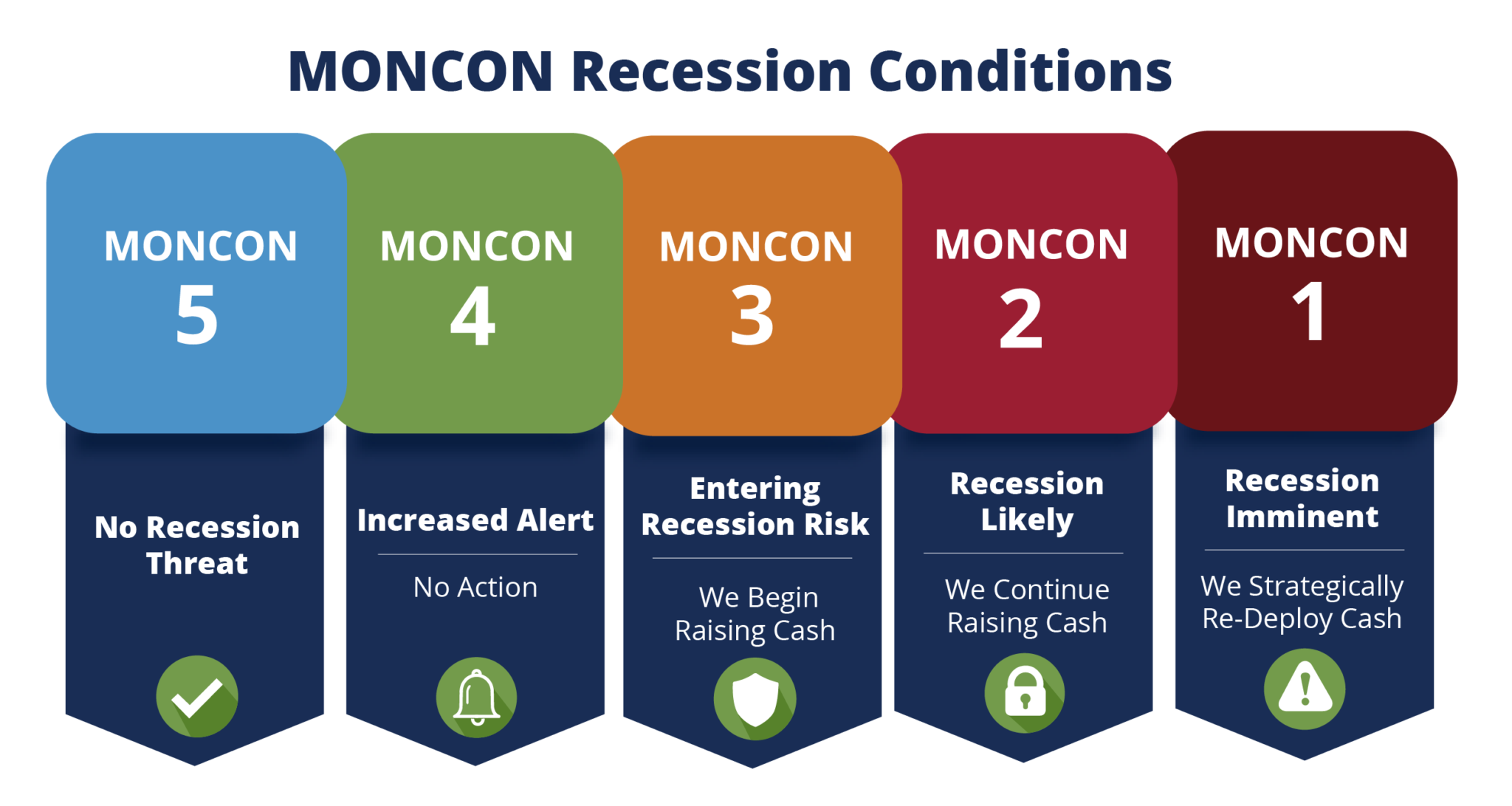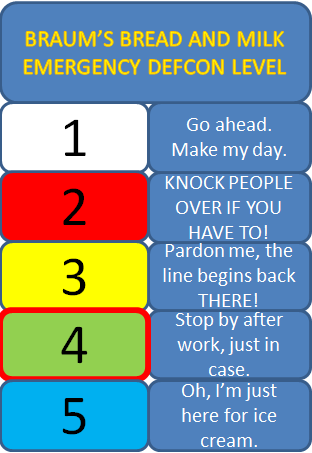

- #Highest defcon level in history update#
- #Highest defcon level in history archive#
- #Highest defcon level in history series#
According to documents published today by the National Security Archive, by 18 July 1132 SAC bombers, mainly B-47s, were in combat configuration. To deter Moscow from any thought of intervention, at the president’s request, the Strategic Air Command put its forces in the U.S. Marines landed on the beaches near Beirut in July 1958, during the Lebanon crisis, the Eisenhower administration wanted to ensure that the Soviet Union stayed out of the Middle East. * * * * * Alerts, Crises, and DEFCONs By William Burr It also documents the first use of the DEFCON system after the Paris Summit collapsed in May 1960 over the U-2 crisis. Today’s posting, the first of two parts on the subject, features numerous documents that are being published for the first time – mainly declassified official internal histories – and that cover a variety of important strategic and procedural developments, including the creation of the DEFCON system in 1959. For example, State Department memos from 1959 report that Canadian officials were growing anxious that nuclear-armed SAC overflights might trigger an East-West war.
#Highest defcon level in history archive#
leaders made threats, authorized nuclear weapons for use, and put strategic forces in a higher state of readiness, manifesting an almost reflexive reliance on displays of military force, according to a National Security Archive study posted today of declassified records, many published for the first time, on the use of alerts and the Defense Condition (DEFCON) system.įrom Berlin in 1948 to Suez and Taiwan in the 1950s to Cuba in 1962, and Lebanon and Korea in the 1970s, the United States almost routinely put its armed forces, including the Strategic Air Command (SAC), on alert, ostensibly to deter adversaries or to support diplomatic objectives. Washington D.C., Ma– During the 1950s and early 1960s, a remarkable number of crises arose during which U.S.

To provide direct perspective on the report, the Archive includes in this updated posting a Q&A about its current relevance and significance with the author, Morton Halperin. The National Security Archive obtained Halperin’s declassified summary through the Freedom of Information Act. Halperin at the same time he prepared a larger, highly classified, 691-page report on the topic highlighted recently by The New York Times.

The RAND summary was prepared by defense analyst Morton H. reactions to military and political crises during the early Cold War.
#Highest defcon level in history update#
Today’s update adds an important chapter to the story of U.S. that he was prepared to use nuclear weapons.” Washington contemplated this extreme response to anticipated Chinese aggression “despite opposition to its policy by most of its allies and many in the United States,” the report notes.įurthermore, even though President Dwight Eisenhower had insisted to his commanders that conventional armaments should be used first, the study found that the president’s written and spoken comments to other officials “left little doubt.

Washington D.C., May 26, 2021 – “The United States came fairly close to using tactical nuclear weapons” during the Taiwan Strait Crisis of 1958, according to a top-secret 1966 RAND summary report posted today for the first time by the National Security Archive. FOIA Advisory Committee Oversight Reports.The crisis forced NATO to adjust to the new trends of globalization that were rapidly becoming evident.
#Highest defcon level in history series#
The outcome in 1974 was the promulgation of the Atlantic Declaration, along with a series of functional reforms in alliance consultation procedures. In subsequent months, NATO frantically searched for ways to improve consultation, especially on out-of-area issues. officials, for their part, were upset at what they saw as a dismal European failure to support U.S. These actions constituted a radical departure from established NATO practice and angered the Europeans. Then, on 25 October, the United States unilaterally raised the alert level of its armed forces to DEFCON III, affecting the NATO area without consulting any allies. government asked its allies in the North Atlantic Treaty Organization (NATO) to do the unthinkable: establish an agreed position on an ongoing “out-of-area” crisis. After war broke out between Arab countries and Israel in October 1973, the U.S.


 0 kommentar(er)
0 kommentar(er)
